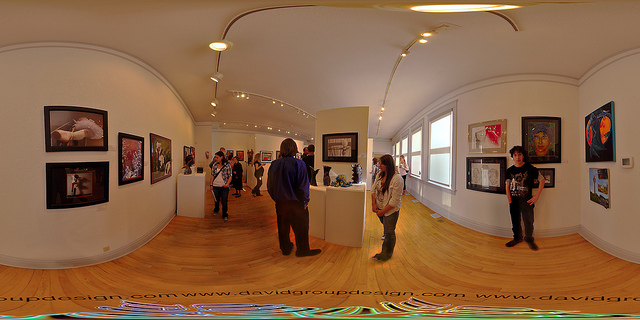Commercial Galleries: Venturing into the Business of Art
To understand what a commercial art gallery is one must think beyond artistic and cultural value. This is because their raison d’être is two-fold: yes, on the one hand it is entirely to do with investing in works of art and bringing them to a wider audience, but equally, on the flipside, they are businesses and must be run as such.
Consider a commercial art gallery as a venture that comes into existence through a pure love of art, a passion which is channelled into a business idea. In short, you capitalise on what gives you the most pleasure in the world.
In some ways, you can look at the origin of most, if not all commercial galleries as very personal endeavours. Built within the physical framework of such a space, and in every exhibition and sale, is a poetic fragment of the founder(s). Naturally then, they can be very immersive and rewarding experiences for all those involved.
While finances are very important – more of which we will come to shortly – the fact that they are referred to as commercial spaces should in no way make you think that this comes with a critical cost.
Of course, it depends on the owner(s), but as a general rule, because artistic insight and critical nous directly impact on one’s profits. An investor or collector will engage if the context and presentation of a work is shrewd, provocative and/or avant-garde.
This is achieved, in part, through the cultivation of mutually beneficial relationships with artists that are looking for representation. Gallery owners have to see much more than mere financial assets, but possible luminaries, individuals whose works have a lot to say about life, who ought to be successful and known to the world.
Therefore, the most distinguishing feature of a commercial art gallery – in contrast to their non-commercial namesakes and museums – is that they become representative of certain artists whose works has impressed.
They therefore spend a lot of time promoting their roster of artists, be it within their own space or at major exhibitions. For many, this partnership can last a very long time. Conventional galleries and museums do not have such an intimate association with living artists whose work they are exhibiting.
It is a very active gig. Commercial art gallery owners have to seek out opportunities to increase awareness of their artists and get their work sold. They will attend many art fairs and expos, all of which can be very expensive. Therefore, no matter what, cash does influence a lot of decisions.
Most will divide the sale of works 50/50, with expenses incurred by both parties paid by themselves. So, while an artist will cover materials, framing and studio costs, galleries will pay for exhibiting spaces, fine art logistics and for staffing.
There are, naturally, an almost insurmountable number of commercial art galleries in operation around the world, indicating that a lot of these businesses are run successfully. It is a vibrant part of the art world to be involved in, profitable, life-affirming and nourishment for the soul. As far as commercial enterprises go, is there any better?



